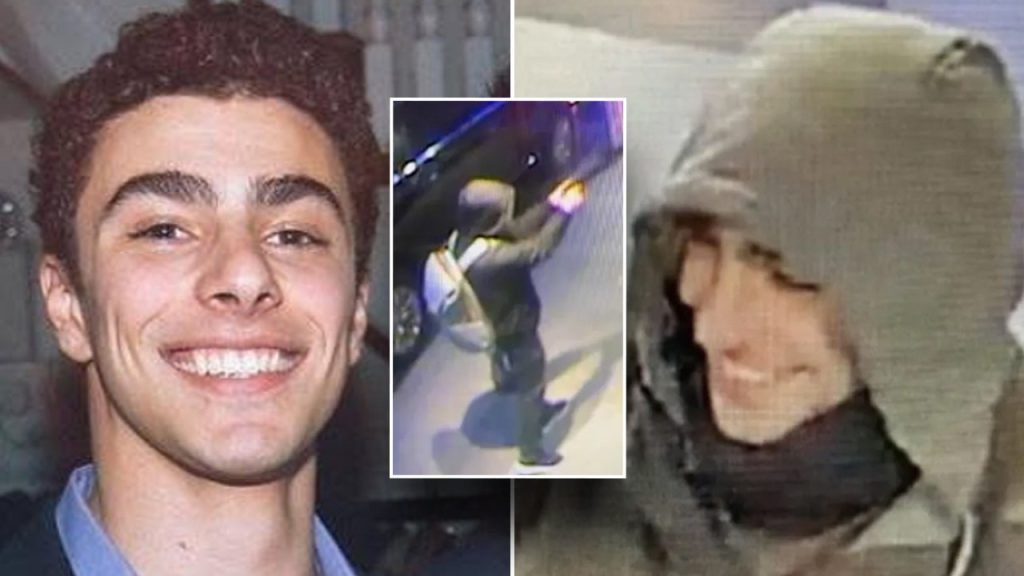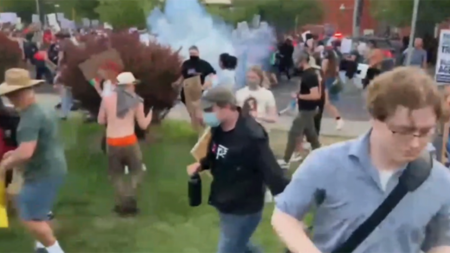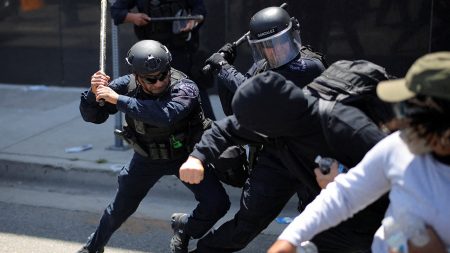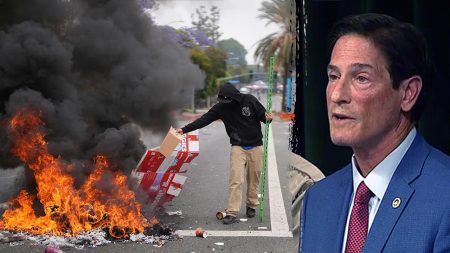The apprehension of Luigi Mangione, the prime suspect in the murder of UnitedHealthcare CEO Brian Thompson, unfolded dramatically in the unassuming setting of a McDonald’s restaurant in Altoona, Pennsylvania. Officer Tyler Frye, a relatively new addition to the Altoona Police Department with merely six months of service under his belt, played a pivotal role in the suspect’s capture. While on patrol, Officer Frye and his partner instantly recognized Mangione, whose image had been widely circulated in the media following the high-profile murder. Their immediate identification of the suspect underscores the crucial role of community policing and the strong relationship between law enforcement and the public, a point emphasized by Pennsylvania Governor Josh Shapiro in a subsequent press conference. The governor praised Officer Frye’s swift and decisive action, attributing the successful apprehension to the officer’s astute observation skills and calm demeanor under pressure.
The arrest itself was remarkably uneventful, considering the gravity of the crime Mangione was suspected of committing. Sitting in the McDonald’s, Mangione appeared absorbed in his laptop, masked and seemingly oblivious to his impending capture. When approached by Officers Frye and his partner, Mangione was requested to lower his mask, revealing his identity to the officers who had previously studied his photographs disseminated by media outlets. The suspect initially attempted to evade capture by presenting a falsified identification card bearing the name “Mark Rosario”. This deceptive tactic proved futile, however, as the officers quickly determined the ID’s fraudulent nature. Confronted with the exposed deception, Mangione admitted his transgression with a resigned, “I clearly shouldn’t have.” This marked the end of his brief attempt at anonymity and the beginning of his journey into the custody of law enforcement.
A subsequent search of Mangione’s backpack yielded crucial evidence linking him to the murder of Brian Thompson. Within the backpack, officers discovered a 3D-printed pistol equipped with a silencer, alongside a loaded magazine containing six nine-millimeter full metal jacket rounds. The discovery of this weaponry lent further credence to the suspicions surrounding Mangione’s involvement in the CEO’s death. Moreover, a three-page document found in his possession hinted at a deep-seated animosity towards corporate America, providing a potential motive for the crime. This document, along with the recovered firearm and silencer, formed critical pieces of evidence in the developing case against Mangione.
Following his apprehension, Mangione was charged with a series of offenses in Pennsylvania, including forgery, carrying a firearm without a license, tampering with identification documents, possessing instruments of a crime, and providing false identification to law enforcement. When questioned about his need for legal representation, Mangione deferred his response, stating his intention to address the matter at a later date. This initial reluctance to engage with the legal process further adds to the intrigue surrounding his motives and his connection to the murder of Brian Thompson. The case highlights the complex intersection of law enforcement, media coverage, and the potential dangers of harboring resentment towards corporate entities.
The arrest of Luigi Mangione in a seemingly ordinary setting underscores the unpredictable nature of criminal investigations and the importance of vigilant law enforcement. Officer Frye’s swift recognition of the suspect, combined with his composed handling of the situation, exemplifies the critical role of well-trained police officers in maintaining public safety. The incident also showcases the power of media dissemination in aiding law enforcement efforts, as the widespread circulation of Mangione’s image ultimately led to his identification and capture. The discovery of the 3D-printed firearm and the document expressing anti-corporate sentiments raises further questions about the suspect’s motivations and the potential broader implications of the case.
As the investigation unfolds, the focus will shift to understanding the full extent of Mangione’s alleged involvement in the murder of Brian Thompson. The evidence gathered thus far, including the firearm, silencer, and anti-corporate document, will be scrutinized as investigators attempt to piece together a comprehensive narrative of the events leading up to the CEO’s death. The case serves as a stark reminder of the potential consequences of unchecked resentment and the ongoing challenges faced by law enforcement in addressing complex criminal activities. The collaboration between local and national authorities will be paramount in ensuring a thorough and just resolution to this high-profile case.










